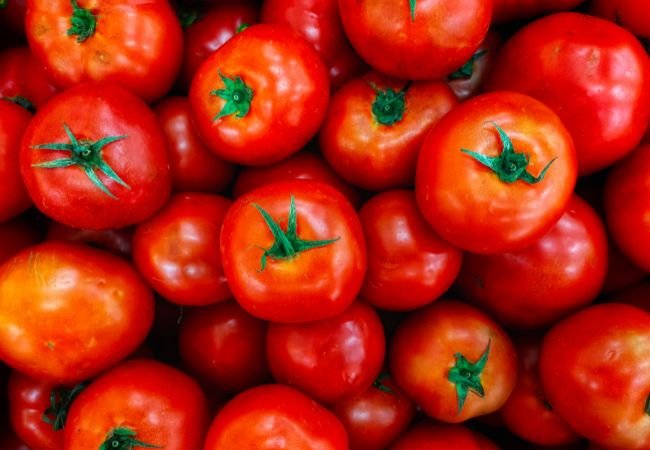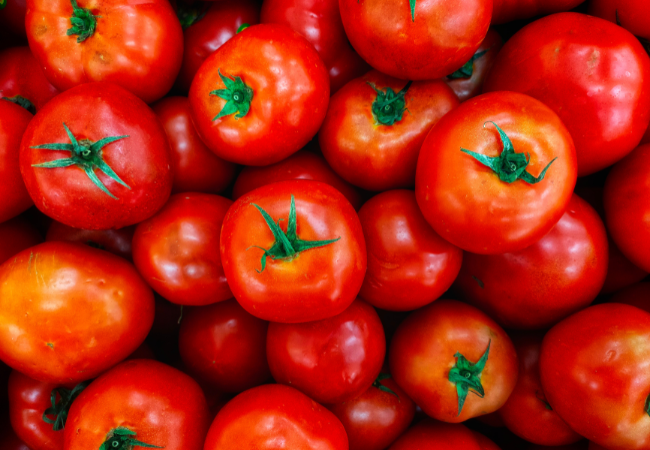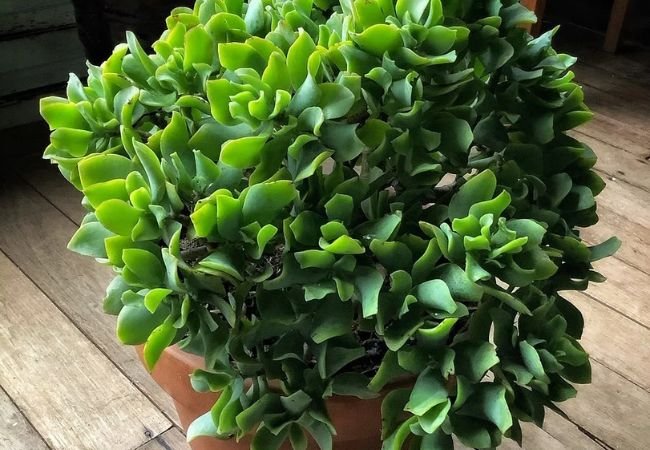Unlock the secrets to cultivating a bountiful Tomatoes harvest with this comprehensive guide. From selecting the right varieties to mastering ideal growing conditions, you’ll find expert tips to help you grow juicy, flavorful tomatoes that will elevate your culinary creations.
Tomatoes are a staple in many kitchens around the world, prized for their versatility and delicious flavor. Whether you’re a seasoned gardener or just starting out, growing your own tomatoes can be an incredibly rewarding experience. Not only will you have access to fresh, vine-ripened fruits bursting with flavor but you’ll also have the satisfaction of nurturing your own plants from seed to harvest. In this ultimate guide, we’ll explore the tips and techniques to help you cultivate a thriving tomato garden.
Here’s a short chart with information about Tomatoes (Solanum lycopersicum):
| Aspect | Information |
|---|---|
| Botanical Name | Solanum lycopersicum |
| Common Names | Tomato |
| Plant Type | Annual (perennial in tropical climates) |
| Zones | 2-11 (grown as an annual) |
| Exposure | Full sun |
| Bloom Time | Summer |
| Height/Spread | 1-10 feet tall, 2-4 feet wide |
Choosing the Right Varieties

The first step in your tomato-growing journey is selecting the right varieties. Tomatoes come in a wide range of sizes, colors and flavors, from classic red beefsteaks to tangy cherry tomatoes. Consider your climate, growing conditions and personal preferences when making your choices.
If you live in a cooler region with a shorter growing season, opt for early-maturing varieties like Early Girl or Celebrity. For warmer climates with longer seasons, indeterminate varieties like Brandywine or Cherokee Purple make excellent choices. These tend to produce fruit continuously throughout the season.
Planting and Soil Preparation
Soil Preparation
Tomatoes thrive in well-draining, nutrient-rich soil with a slightly acidic pH between 6.0 and 6.8. Before planting, amend your soil with compost or well-rotted manure to improve its structure and fertility.
Planting Location
Choose a sunny location that receives at least six to eight hours of direct sunlight per day. If you’re growing tomatoes in containers, select large pots or planters with ample drainage holes and use a high-quality potting mix formulated for vegetables.
Staking and Trellising
As tomato plants grow, they can become heavy and unwieldy, making staking or trellising essential for support. This not only keeps the plants upright but also improves air circulation and prevents soil-borne diseases.
There are various staking and trellising methods to choose from including cages, stakes or a tomato trellis system. Whichever method you choose, ensure it’s sturdy enough to support the weight of your plants and their fruit.
Watering and Fertilization
Watering
Consistent moisture is crucial for tomato plant health and fruit production. Water deeply and regularly, aiming for about 1-2 inches of water per week, depending on your climate and soil conditions. Avoid overhead watering as wet leaves can increase the risk of fungal diseases.
Fertilization
When it comes to fertilization tomatoes are heavy feeders. Use a balanced, slow-release fertilizer formulated for vegetables or supplement with compost tea or liquid fertilizers throughout the growing season. Avoid over-fertilizing as this can lead to excessive foliage growth at the expense of fruit production.
Pruning and Training
Pruning
Pruning and training your tomato plants is essential for promoting healthy growth and maximizing your yield. For determinate varieties, minimal pruning is required as these plants have a predetermined growth habit. However, indeterminate varieties will benefit from regular pruning to remove suckers (side shoots) and maintain a single main stem.
Training
Training your plants by gently tying them to stakes or trellises will also improve air circulation and prevent the fruits from resting on the ground, reducing the risk of rot and pest infestations.
Pest and Disease Management
Like any garden crop, tomatoes are susceptible to various pests and diseases. Common issues include aphids, hornworms, blossom end rot, and fungal diseases like early blight or late blight.
Implement an integrated pest management approach, combining cultural, physical and biological control methods. Maintain good garden hygiene by removing and destroying infected plant material, rotating your crop locations annually, and ensuring proper spacing between plants for optimal air circulation.
If needed, consult with a local nursery or extension service for safe and effective treatment options.
Harvesting and Storage
One of the most rewarding aspects of growing tomatoes is the harvest. Keep an eye out for fully ripened fruits which will be firm but yield slightly to gentle pressure. Regularly harvest your tomatoes to encourage continued production throughout the season.
Storage
For optimal shelf life, store your tomatoes at room temperature, away from direct sunlight. Ripe tomatoes can be refrigerated for a few days, but this may affect their texture and flavor.
Growing tomatoes can be a delightful and fulfilling experience, whether you’re a seasoned gardener or just starting out. By following the tips and techniques outlined in this guide, you’ll be well on your way to cultivating a bountiful harvest of delicious, juicy tomatoes. Embrace the process, be patient and revel in the rewards of your labor as you savor the flavors of your homegrown tomatoes. Happy gardening!








Leave a Reply